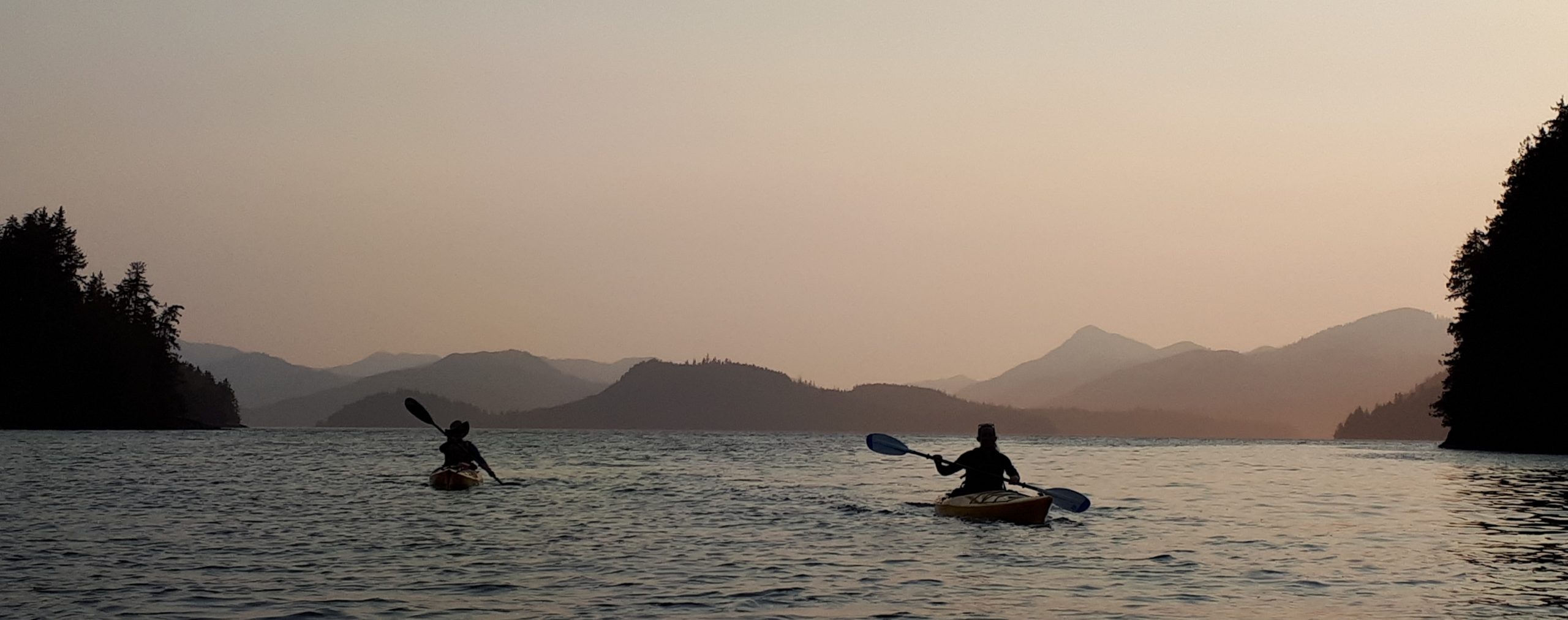Haida Gwaii boasts a temperate rainforest climate, heavily influenced by its proximity to the Pacific Ocean. With lush forests, mist-covered mountains, and a diverse ecosystem, the islands’ biome is classified as part of the coastal temperate rainforest. This unique environment creates mild, wet winters and cool, comfortable summers.
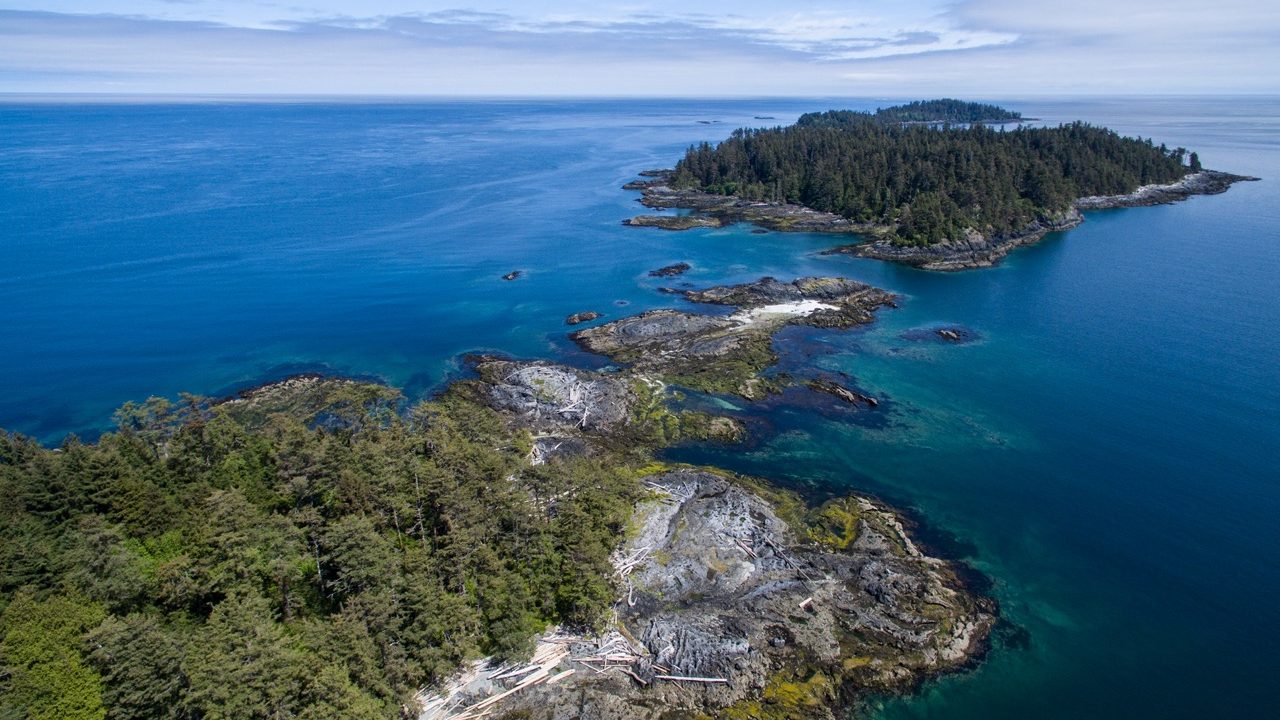
Rainfall and Climate
As part of the coastal rainforest, Haida Gwaii receives significant rainfall throughout the year, depending on the location. The wettest months are typically from October to March, with December often bringing the heaviest rains. Sandspit on average receives, an annual average of 1,300mm which is similar to Vancouver, and the remote West Coast can receive upwards of 4,370mm.
However, the rain is what keeps the forests lush and the rivers teeming with salmon, contributing to the islands’ rich biodiversity.
If you’re looking to visit during the driest time, July and August are your best bet. During these months, the islands experience less rainfall, offering clearer skies and better conditions for outdoor activities like hiking and kayaking. Even in the summer, expect cool, crisp temperatures, with highs averaging between 13°C and 18°C (55°F to 65°F).
Don’t forget to check out our What to Pack Guide!
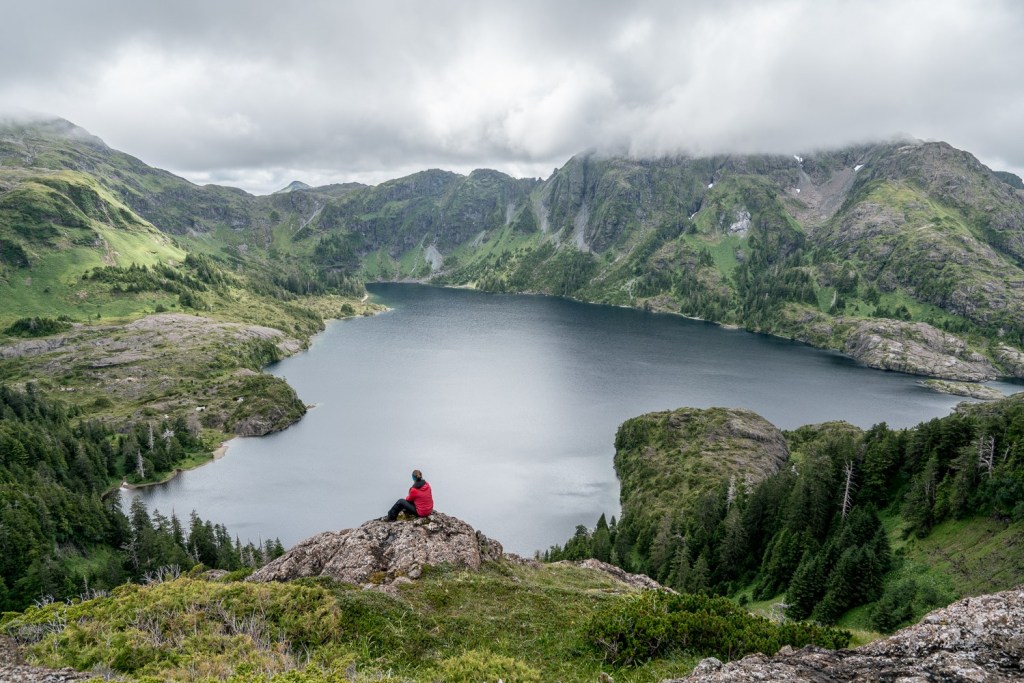
Seasonal Variations
Spring (March to May)
Spring in Haida Gwaii is a time of renewal, with wildflowers blooming and migratory birds returning to the islands. Temperatures range from 7°C to 12°C (45°F to 54°F), and while rain is still frequent, the weather begins to improve in May, making it a great time for outdoor activities like hiking and wildlife watching. It’s also a favorite of Photographers looking to photograph iridescent mosses and flooded forests.
Summer (June to August)
The summer months bring the driest and sunniest weather to Haida Gwaii, with cool coastal breezes and temperatures averaging 13°C to 18°C (55°F to 65°F). This is the peak season for kayaking, salmon fishing, and crabbing, with long daylight hours perfect for exploration. Wildlife is abundant during summer, including whales, seabirds, and eagles.
Fall (September to November)
Fall marks the return of rains and cooler weather, but it’s also the season of abundance. This is the best time for salmon fishing, as Coho salmon return to spawn in the rivers. Chanterelle mushrooms begin to appear in the forests, making it an ideal time for foraging. September and early October can still offer good weather for kayaking and outdoor activities.
Winter (December to February)
Winter in Haida Gwaii is mild but wet, with temperatures ranging from 3°C to 7°C (37°F to 45°F). While outdoor activities continue year-round, winter is the quietest season. However, it’s a great time for storm-watching along the rugged coastline and enjoying the solitude of the forests. The rain brings out the island’s dramatic landscapes, and there are still opportunities for crabbing and clamming during low tides.
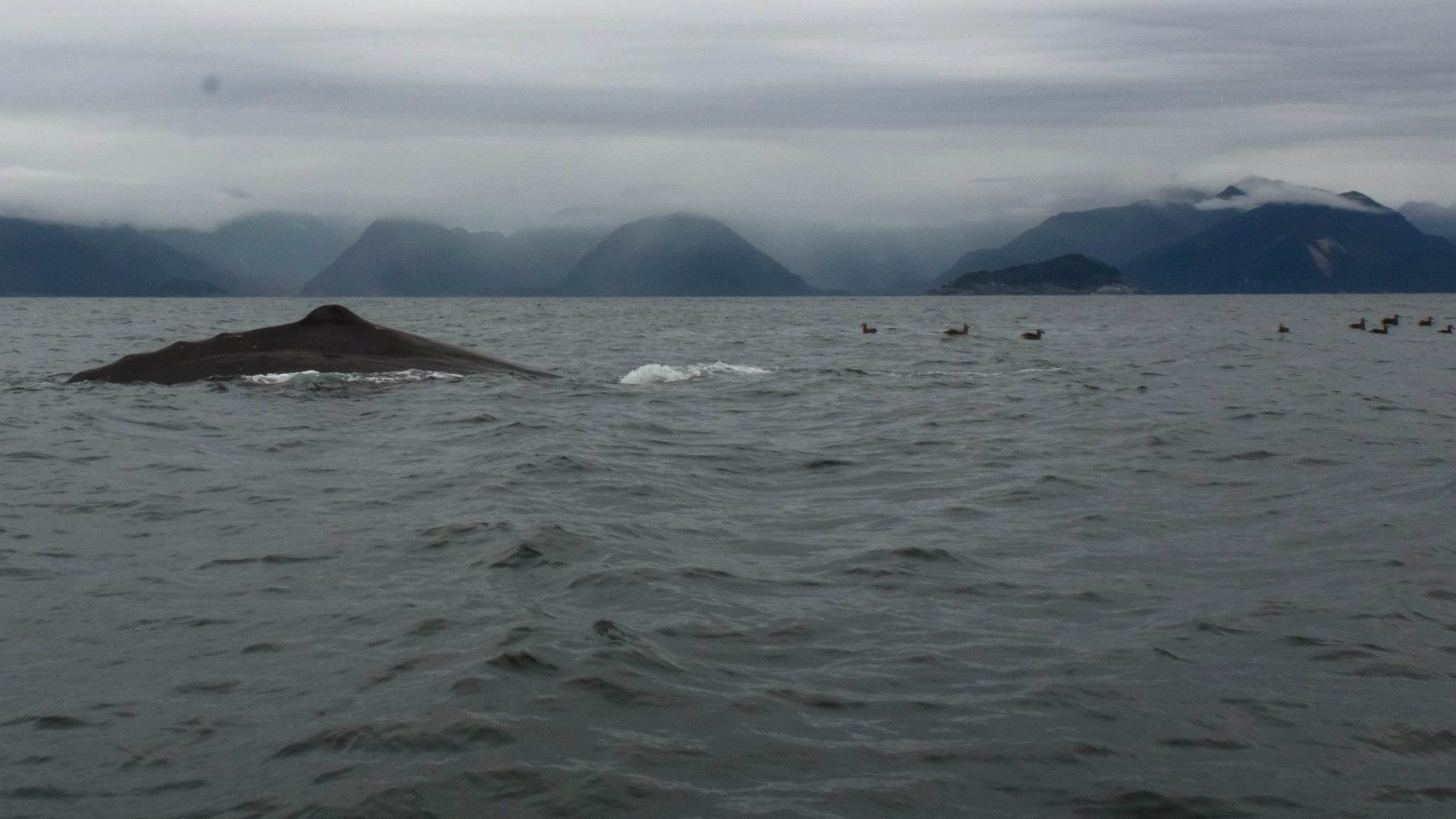
Seasonal Activities
Kayaking
Kayaking is one of the most popular activities in Haida Gwaii, and while it can be enjoyed year-round, the prime season runs from May through September. These months offer the best combination of calm seas, clear weather, and longer daylight hours, allowing for extended exploration of the coastline and its secluded coves. Summer is also a great time to witness wildlife, including sea lions, seals, and marine birds.
Crabbing
The Dungeness crab, one of Haida Gwaii’s prized seafood delicacies, can be harvested year-round, but the best months for crabbing are typically from April to October. During these months, the waters are abundant with crab, and many local guides can help you find the best spots for a fresh catch. Crabbing is a fantastic way to engage with the island’s local food traditions, and summer is the ideal time to enjoy a fresh crab feast.
Salmon Fishing
Haida Gwaii is world-renowned for its salmon fishing, with the peak season varying by species. Chinook (King) salmon fishing is at its best from May to August, while Coho salmon can be caught from July to September. These months also coincide with ideal weather conditions for both freshwater and saltwater fishing, and it’s an incredible time to be on the water as the salmon return to spawn in the island’s rivers and streams.
Whales
Whale watching in Haida Gwaii is a breathtaking experience, with opportunities to spot humpback whales, orcas, and gray whales. The best months to see whales are May through September. During this time, humpback whales migrate through the waters surrounding the islands, feeding and sometimes breaching in spectacular displays. Orcas are also more frequently seen in these months, especially as they hunt in the nutrient-rich waters. If you’re looking for an unforgettable whale-watching experience, visiting during late spring to early fall is your best bet.
Aurora
Did you know Aurora is common in Haida Gwaii? To catch a glimpse of the northern lights (aurora borealis) in Haida Gwaii, visit in the late fall and winter months, especially October through March. The long nights and clear skies during these months provide the best conditions for viewing this natural phenomenon. Check solar activity before and during your visit to maximise your chances of seeing the shimmering lights on clear nights when solar activity is high.
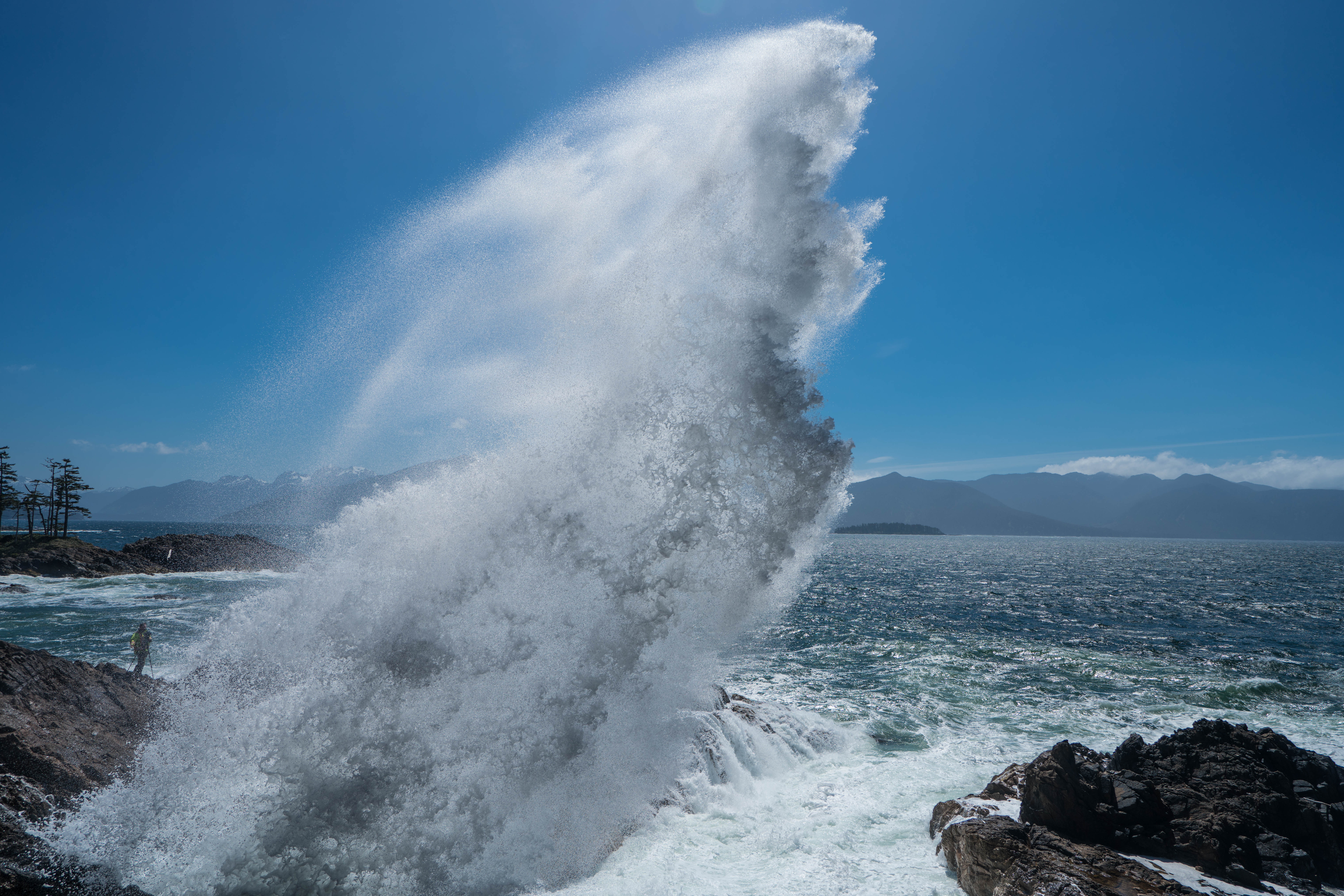
Haida Gwaii’s seasons offer something unique for every traveler, whether you’re drawn to the summer’s calm seas and abundant marine life or the rich foraging and fishing opportunities of fall. No matter when you visit, the islands’ ever-changing weather and landscapes create an unforgettable backdrop for adventure.
Don’t know what to get up to? Reach out and jump on a Custom Tour!

